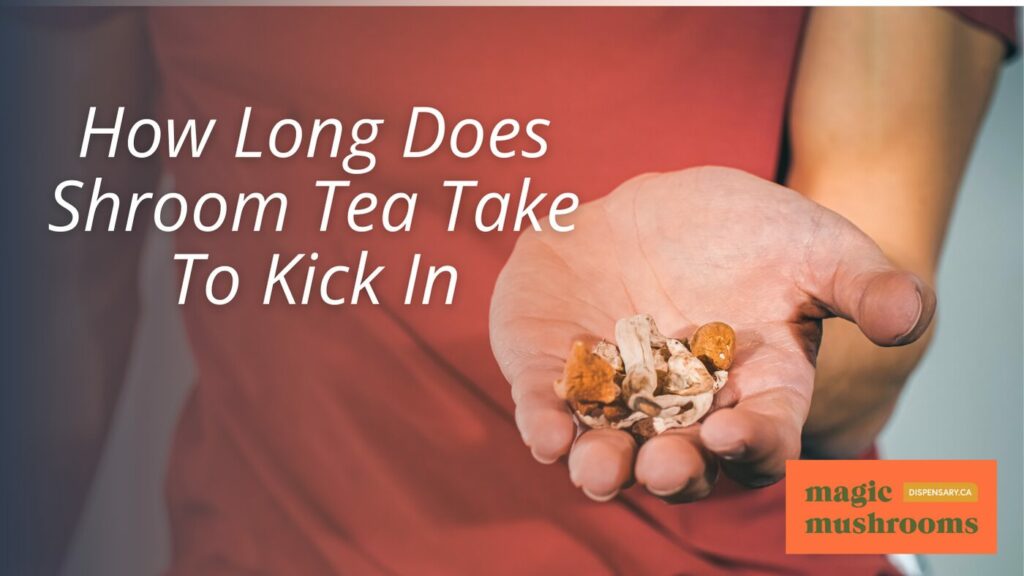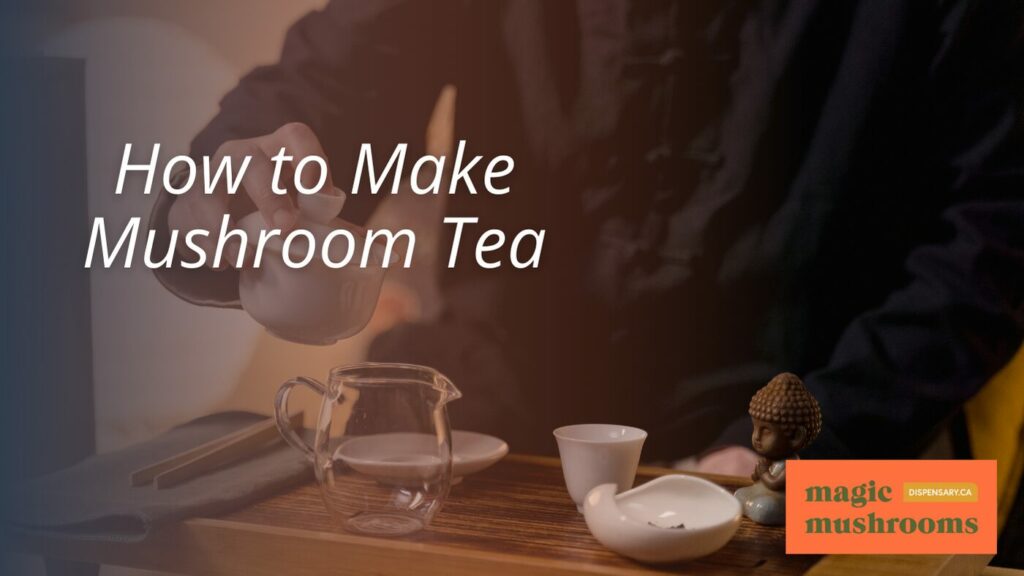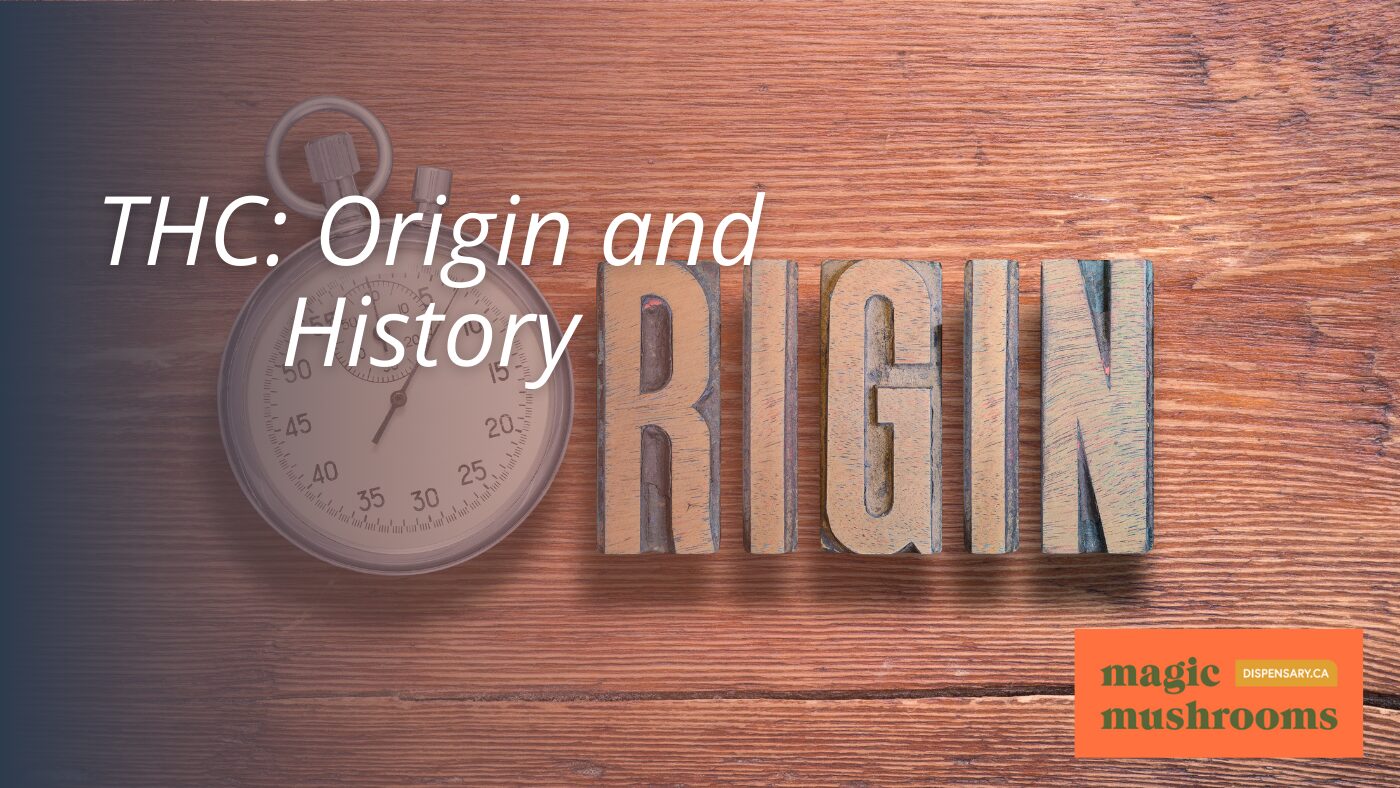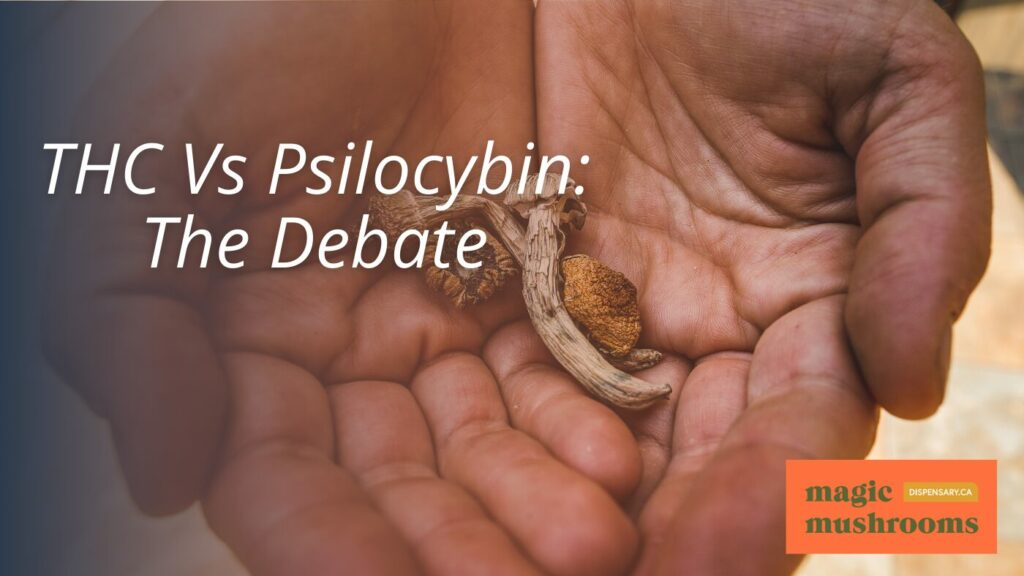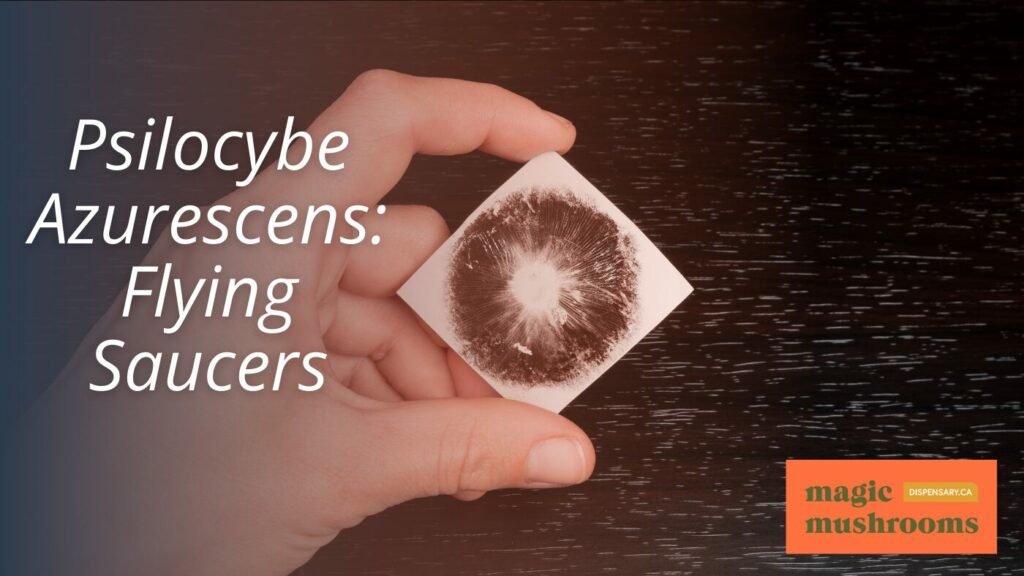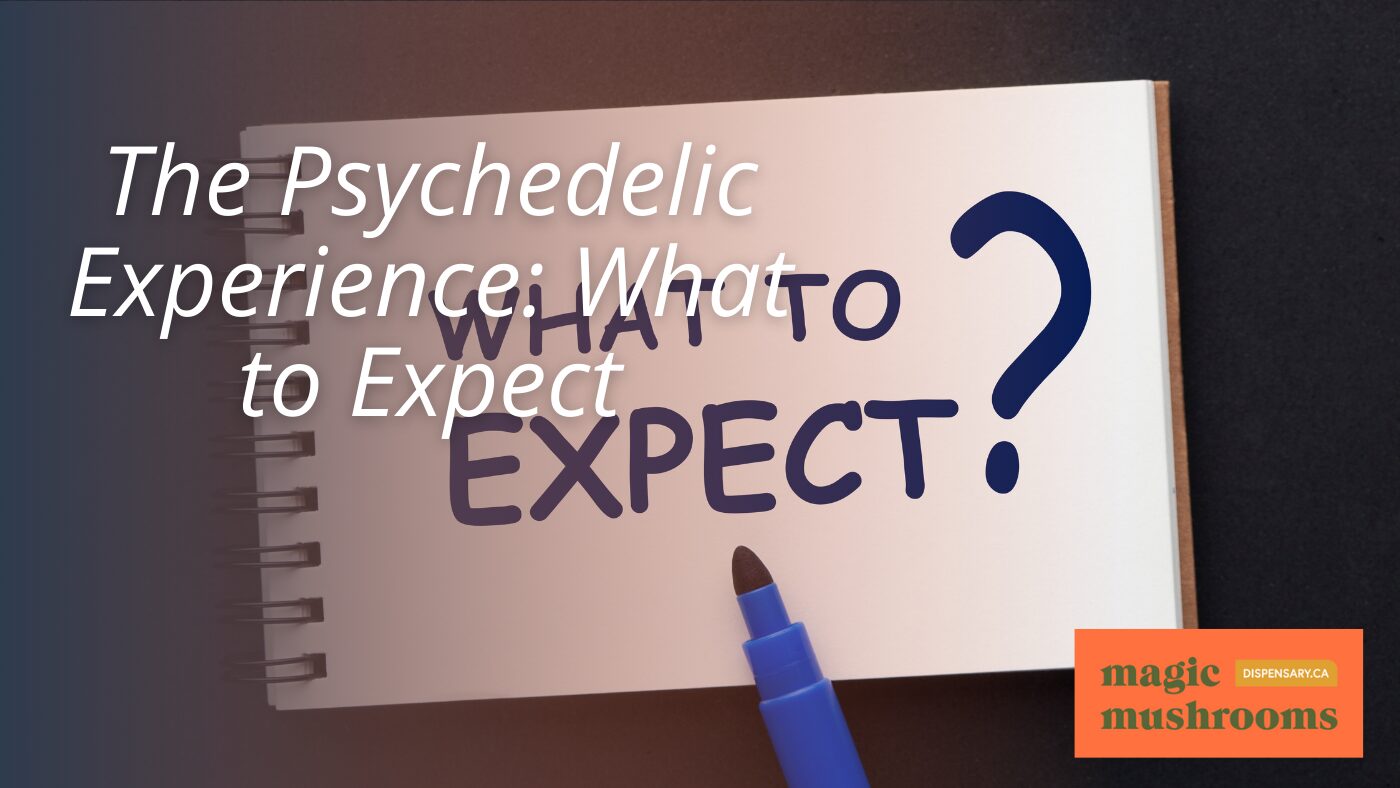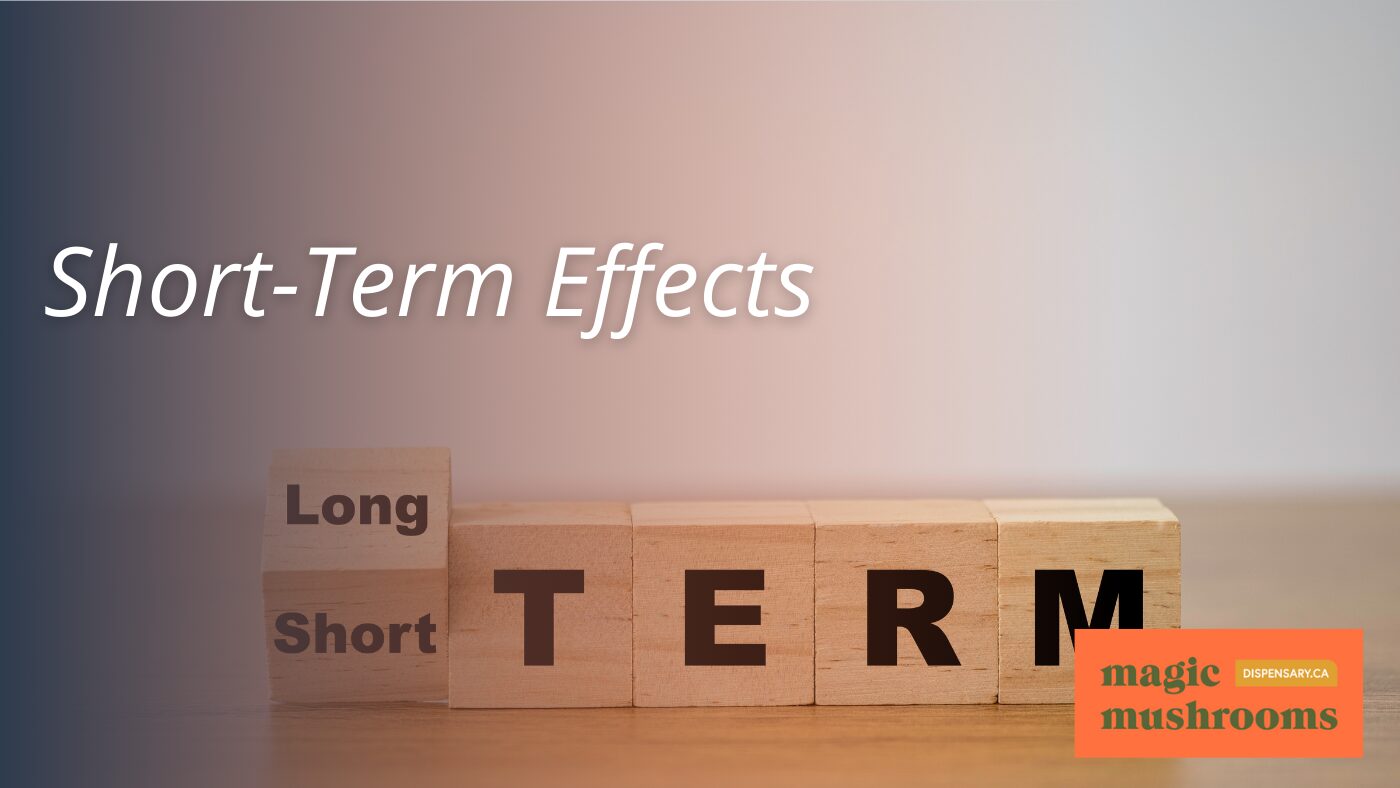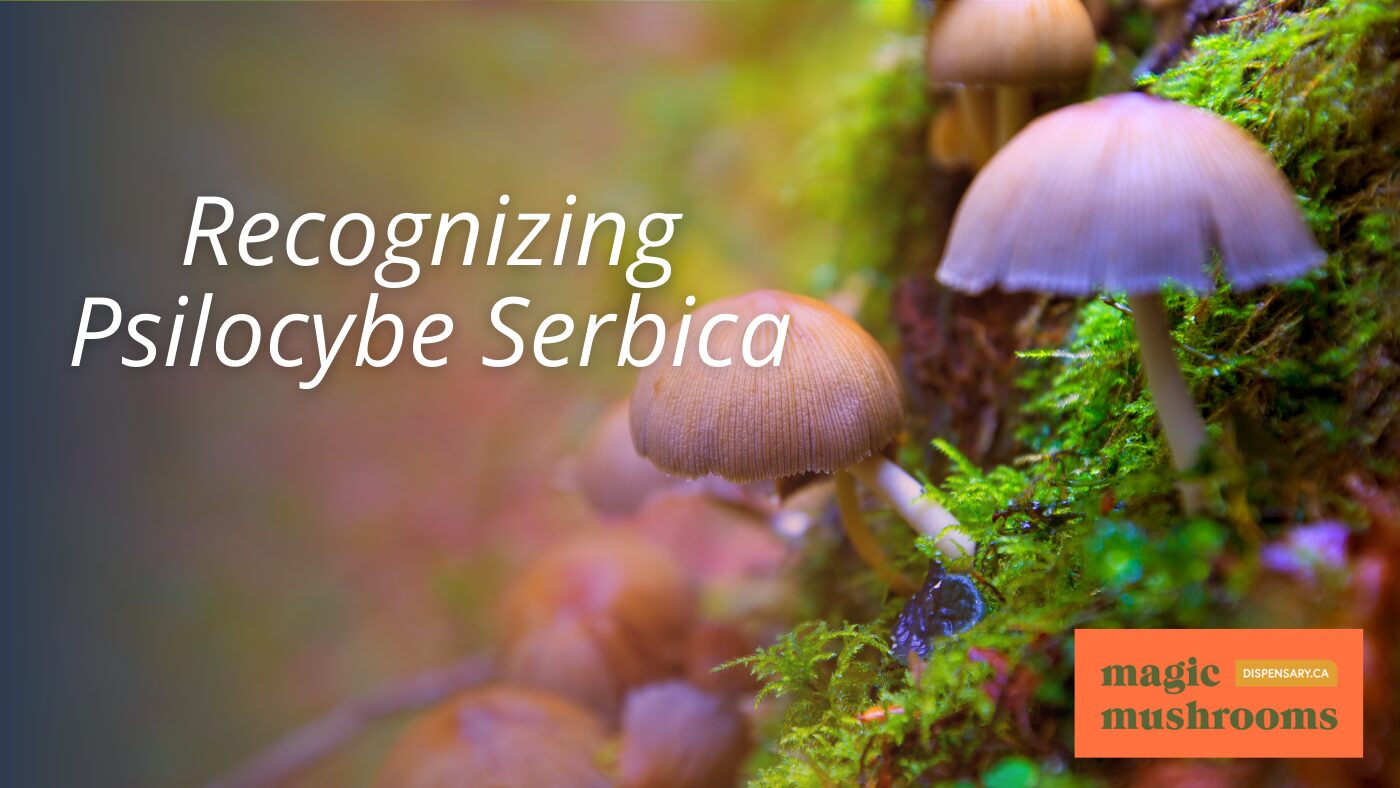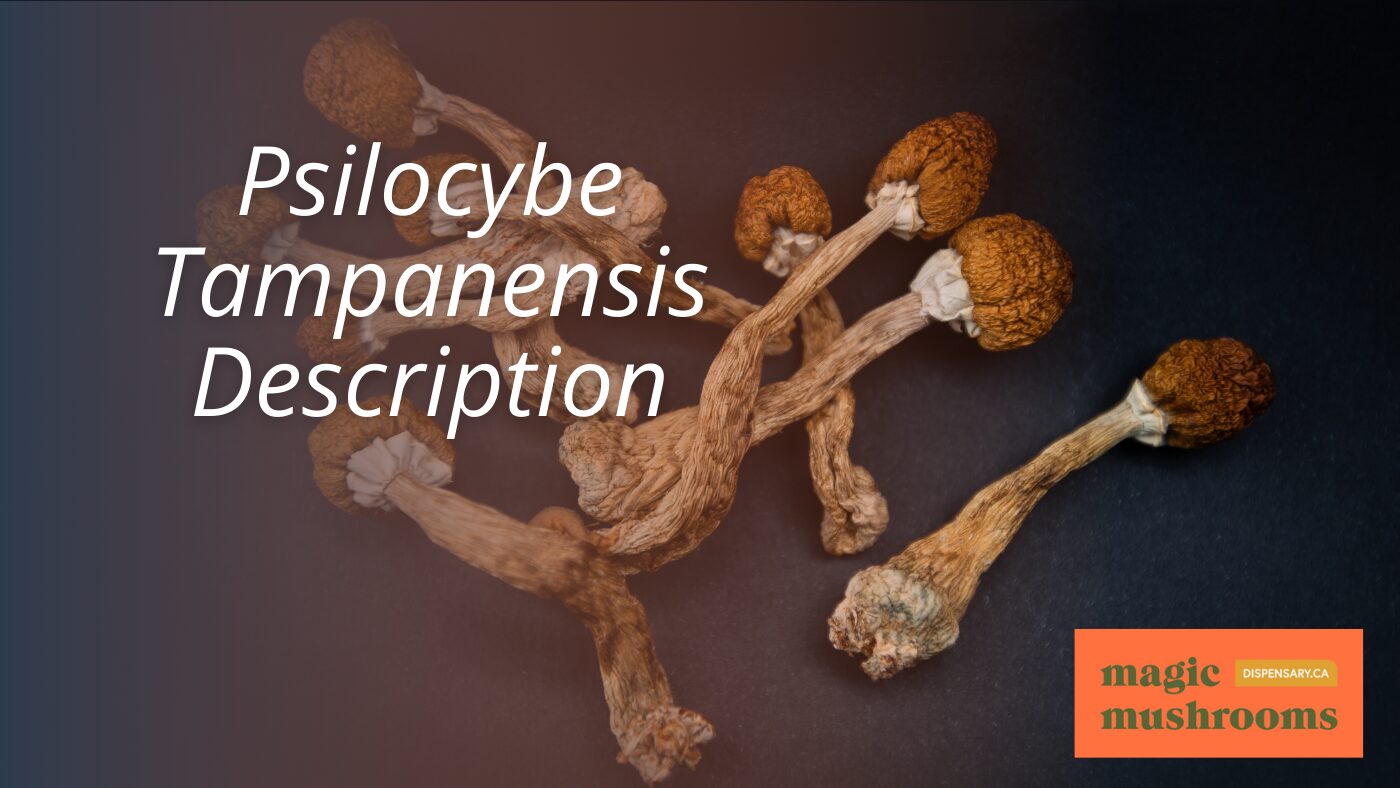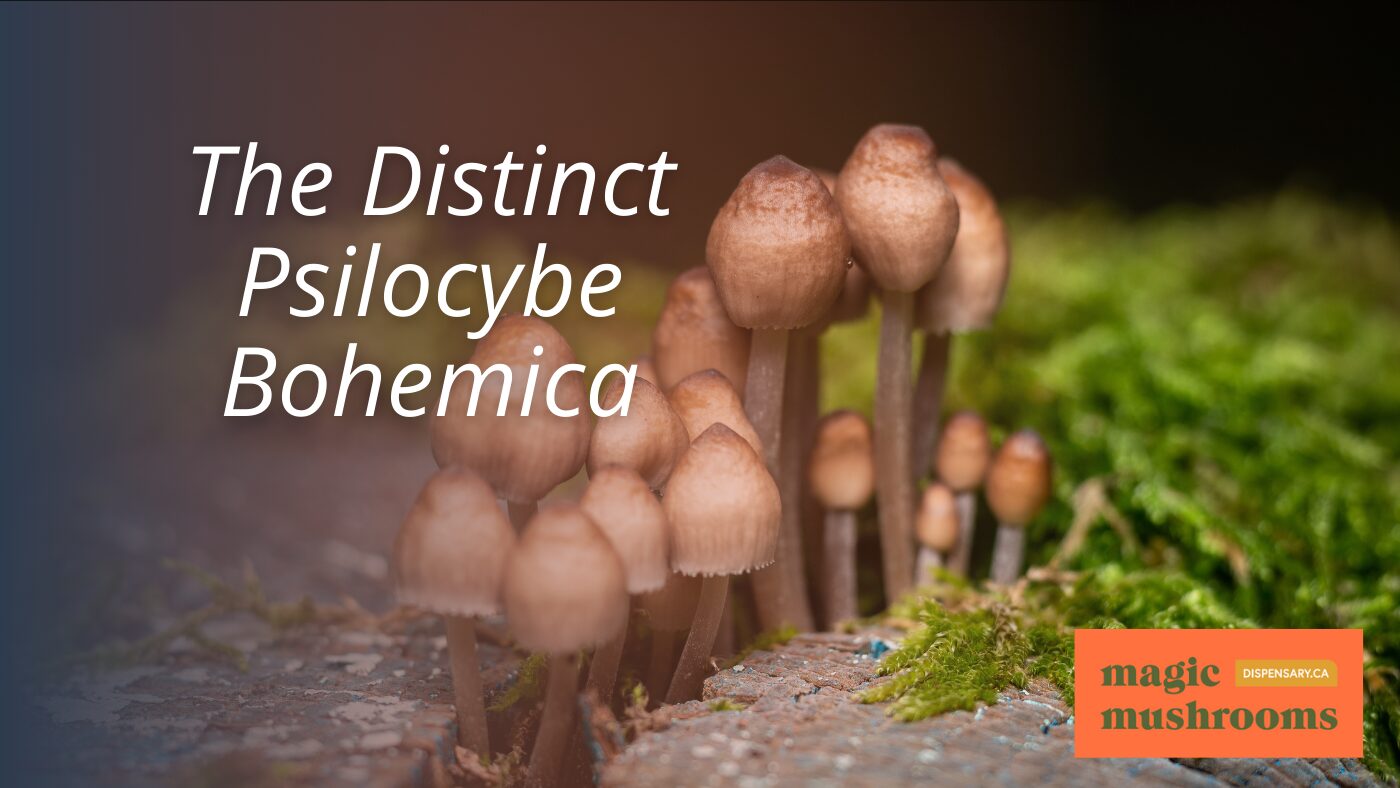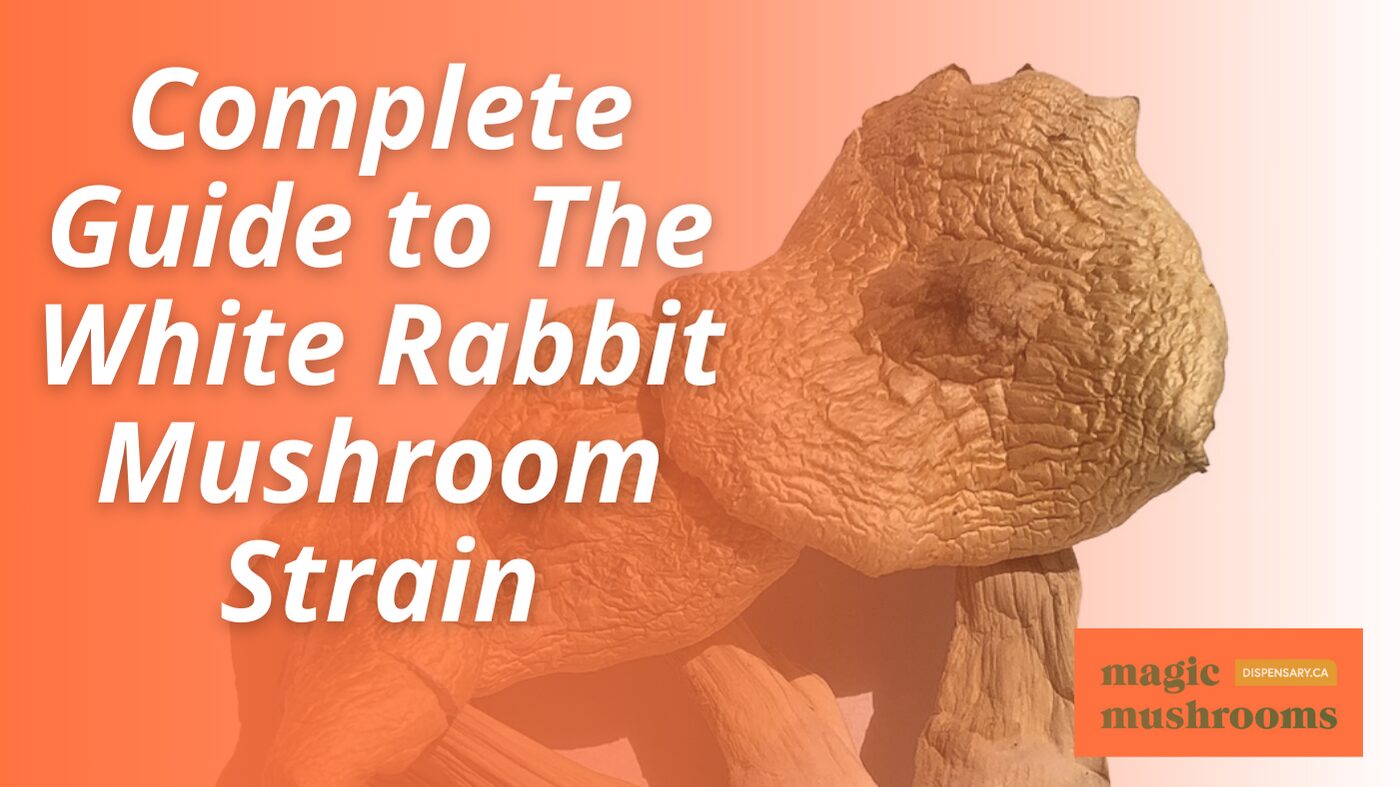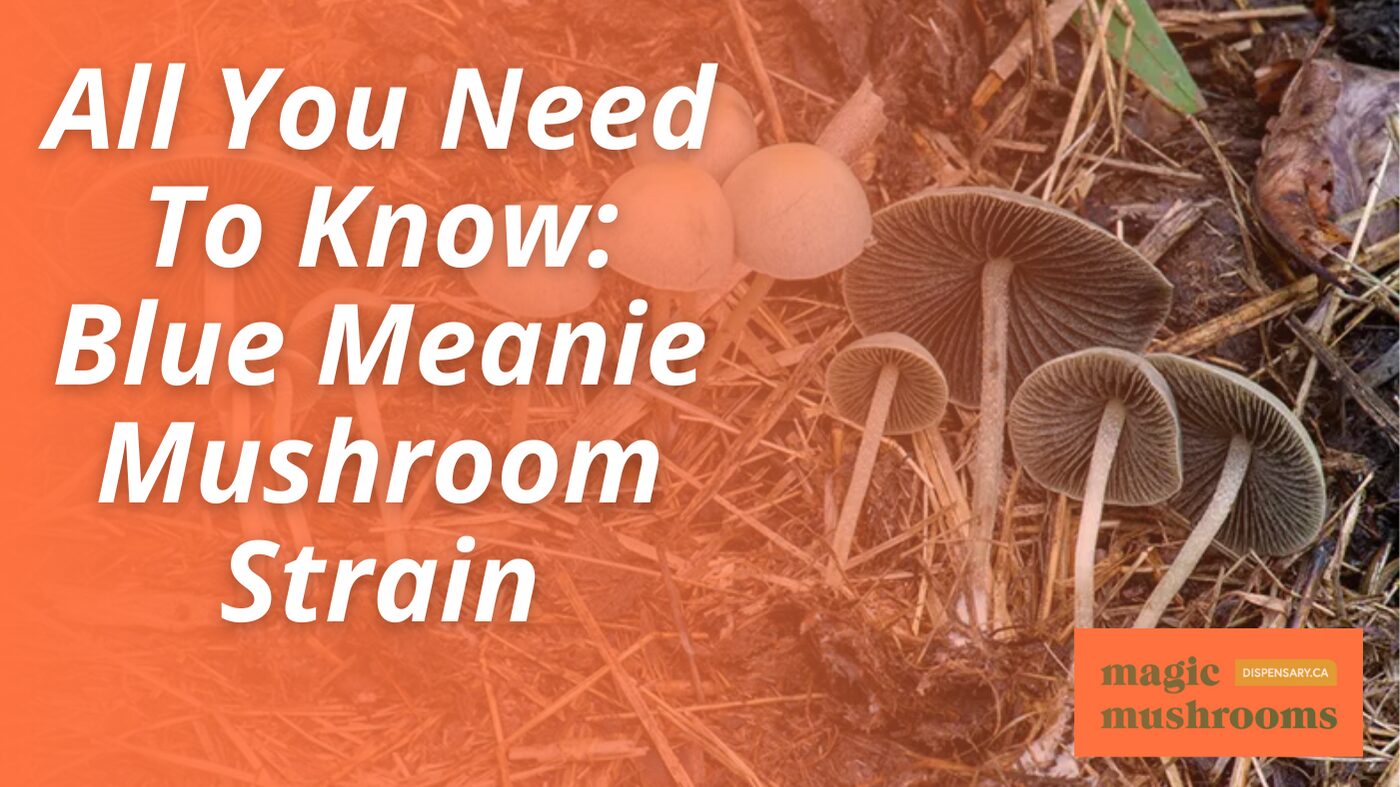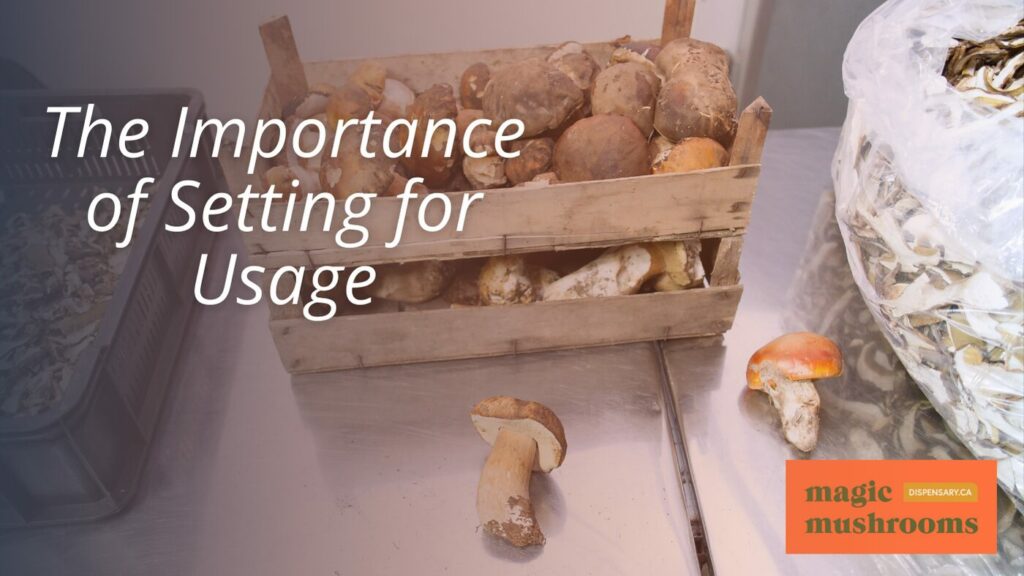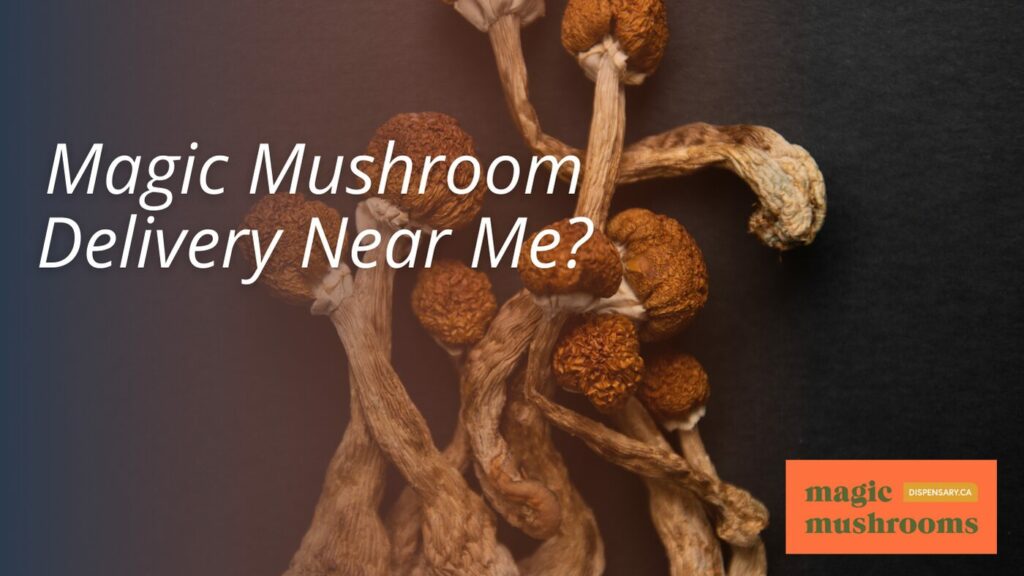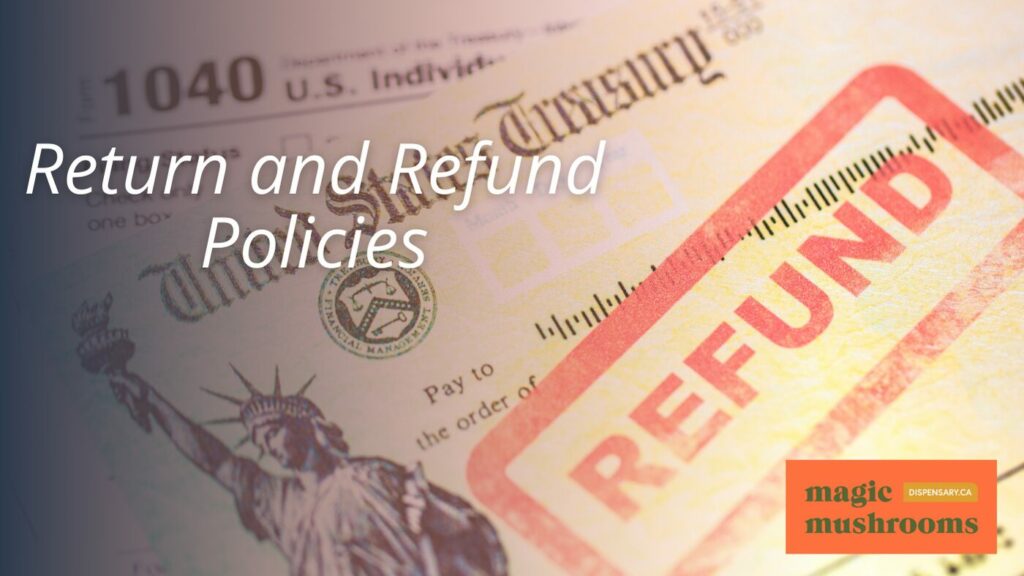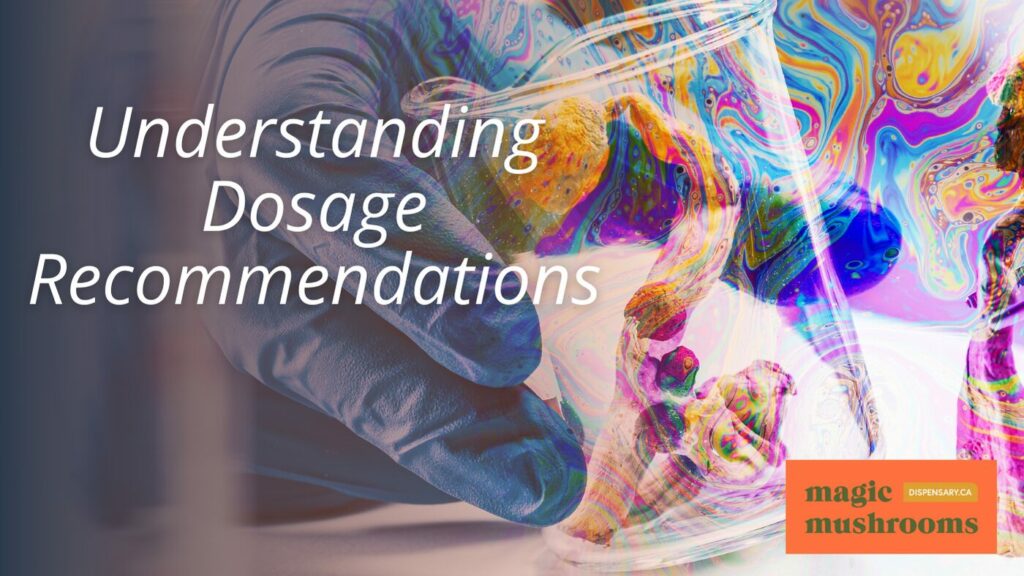Exploring the Sacred: Insights Into the Mazatec Mushroom Ritual
Deeply rooted in the indigenous culture of Mexico, the Mazatec mushroom ritual acts as a spiritual portal for both healing and insight. Considered a holy medicine, the mushroom is ceremoniously utilized by a shaman to enable communion with nature and the spirits of ancestors. This respectful process towards both the environment and the spiritual essence of the mushroom culminates in transformative journeys that differ for each participant, thus strengthening community ties. The continued practice of these rituals sheds light on the intricate legacy of Mazatec customs and their profound impact on contemporary psychedelic practices and wider therapeutic applications.
Key Takeaways
- The Mazatec Mushroom Ritual is a sacred ceremony involving healing mushrooms, guided by a shaman for spiritual exploration and divination.
- The ritual includes preparations such as harvesting mushrooms at determined times, purification with incense and tobacco, and observance of strict dietary practices.
- The shaman’s role is pivotal in the ceremony. The shaman leads the ritual, anoints mushrooms, selects mushroom pairings, and guides participants through their spiritual journey.
- The ritual is deeply connected with nature and ancestral spirits, fostering respect for the sacred environment and mushrooms, which are considered a deity with healing powers.
- The Mazatec Mushroom Ritual has influenced modern psychedelic therapy, but preserving indigenous knowledge and traditions is crucial to prevent cultural appropriation.
Understanding the Mazatec People

Diving into the heart of the Mazatec culture reveals that their deep-rooted connection with sacred mushrooms is a cornerstone of their healing and divination practices and is intricately woven into their agricultural, religious, and festival calendar. The Mazatec mushroom ritual, a pivotal component of their spiritual life, represents more than a mere ceremonial act. It is a profound link to their ancestors, the land, and the divine.
The Mazatec people, a native ethnic group in Northern Oaxaca, Mexico, have a long history of using Mazatec mushrooms for therapeutic and spiritual purposes. These sacred mushrooms, known as ‘ninos santos’ or ‘holy children,’ are not consumed for recreational purposes but are used primarily as a tool for healing. They are also revered as a means of gaining knowledge and insight into the mysteries of life and the universe.
Mushroom ceremonies, conducted on specific days of the week, are sacred rituals integral to the Mazatec religious and spiritual practices. The use of the Mazatec language during these rituals, which include singing, praying, and communicating with spiritual forces, underscores their deep cultural significance.
Through the Mazatec mushroom ritual, the Mazatec people cultivate a deeply rooted bond with their natural environment, ancestors, and spiritual entities. This relationship is a testimony to their belief in the interconnectedness of all life and their commitment to preserving and nurturing this bond. With each ritual, they reiterate their respect for the sacred mushrooms and their profound role in their culture.
Spiritual Significance of Mushrooms
Building on the deep cultural significance of mushrooms in the Mazatec culture, exploring their spiritual resonance, which manifests in healing and divination practices, is essential. The Mazatec community, native to the Sierra Mazateca region, profoundly reveres these sacred fungi, viewing them as potent medicine rather than mere hallucinogens.
Their ritual use of mushrooms isn’t haphazard; it aligns with their agricultural, religious, and festival calendar. Certain days are deemed auspicious for these ceremonies, underscoring time’s spiritual significance in these practices. The mushrooms are not consumed for recreation or casual exploration but are respected for their healing and transformative properties.
At the heart of these ceremonies is the Mazatec language, a sacred linguistic vehicle that facilitates communication with the divine. The Mazatec people commune with supernatural forces through song and prayer, seeking guidance, insight, and healing. This linguistic element of the ceremony underscores the inseparability of language and culture, reinforcing the mushrooms’ cultural and spiritual significance.
In essence, mushrooms’ spiritual significance in Mazatec culture is multifaceted, grounded in their healing properties, the timing of their use, and the linguistic practices accompanying their consumption. This profound reverence for mushrooms underlines the importance of preserving and respecting these indigenous practices. As we further explore the world of psychedelic studies, we must approach these traditions with the respect and ethical consideration they deserve, recognizing their cultural and spiritual richness.
The Mazatec Mushroom Ritual
The Mazatec Mushroom Ritual, a profoundly significant cultural practice of the Mazatec people, involves the ceremonial use of sacred mushrooms, or Ndi̱ Xijtho, for healing and divination purposes. These rituals, which align with the community’s agricultural, religious, and festival calendar, underscore the Mazatec people’s profound connection with nature and its spiritual manifestations. Unlike the recreational use of mushrooms in some Western societies, the Mazatecs view these fungi as powerful tools for healing and communicating with supernatural forces.
The Mazatec people conduct these rituals on specific days of the week, reflecting the sacredness and structure they impart to these practices. The ceremony typically involves purifying the mushrooms with copal incense and medicinal tobacco, which are believed to cleanse and prepare them for their spiritual role. This purification process is accompanied by singing and praying, facilitating communication with the divine.
The ritual is not merely a passive act of consuming mushrooms but is an immersive spiritual journey. Guided by a shaman, the participants dialogue with the mushrooms, seeking their wisdom and healing. Each ceremony is an act of reverence, demonstrating the centuries-old relationship between the Mazatec people and the sacred Ndi̱ Xijtho. These rituals form an enduring part of the Mazatec identity, a cultural heritage that resonates within the community and beyond.
Preparing for the Mazatec Mushroom Ritual

In preparation for the Mazatec Mushroom Ritual, several meticulous steps are taken to guarantee the sanctity and effectiveness of the ceremony. The process begins with carefully harvesting mushrooms, undertaken by children at dawn on a full moon. This timing is believed to maintain the purity of the mushrooms, an essential aspect of the ritual.
Subsequently, permission is sought from the mushrooms’ ‘owner.’ This step is vital in preserving the relationship between the Mazatec people and the sacred mushrooms, reinforcing the reverence and respect for nature ingrained in their culture. The mushrooms are then carefully transported to the Altar of Knowledge. This transport is carried out cautiously to prevent contamination from interfering with the ceremony.
Upon arrival at the altar, the mushrooms are purified using copal incense and medicinal tobacco. These elements are part of the healing process and are believed to cleanse the mushrooms and imbue them with protective and curative energies. The purification process ensures that the mushrooms are ready for the ceremony and that participants can partake safely and effectively.
The ceremony is conducted in the Mazatec language and involves singing, praying, and communicating with supernatural forces. Before the ritual, participants are required to observe four days of sexual abstinence. Following the ceremony, they adhere to a special diet. These practices contribute to spiritual purification and integration, further reinforcing the transformative and healing nature of the Mazatec Mushroom Ritual. Each preparation step is designed to uphold the sacredness of the ritual and maximize its spiritual impact.
Role of the Shaman
As the spiritual guide in the Mazatec Mushroom Ritual, the shaman is responsible for leading the ceremony, facilitating communication with supernatural forces, and ensuring the participants’ adherence to the necessary practices. The shaman is at the heart of the ceremony, serving as the conduit through which the spiritual world is accessed and understood.
Before the ritual, the shaman purifies and anoints the sacred mushrooms with copal incense and tobacco. This act sanctifies the mushrooms, preparing them as vessels for divine communication. The shamans’ traditional knowledge and understanding of the mushrooms’ properties come to the forefront of this process as they carefully select and pair mushrooms for individual participants. This personalized pairing is essential for the therapeutic and divinatory outcomes of the ritual.
During the ceremony, the shaman facilitates communication between participants and the supernatural forces invoked by the mushrooms. This role is pivotal in ensuring the safety and wellbeing of the participants as the shaman guides them through their spiritual journeys.
Post-ceremony, the shaman’s role extends to guiding participants through the necessary practices to integrate their experiences into their everyday lives. These practices include sexual abstinence and a special diet, which are believed to enhance the healing properties of the ritual.
Stages of the Mushroom Ceremony
Unfolding in precise and time-honored stages, the Mazatec mushroom ceremony begins with harvesting the sacred mushrooms at dawn on a full moon. This initial stage is not a mere collection but a respectful act of seeking permission from the mushrooms’ owner, demonstrating the profound respect the Mazatec people bestow upon these humble fungi. Such regard underscores the ceremony’s emphasis on purity and humility in approaching the sacred.
Post-harvest, the mushrooms are cautiously transported to the Altar of Knowledge. This careful transfer is fundamental to ward off potential contamination, preserving the mushrooms’ sacred essence and their role as a conduit to divine wisdom. It acknowledges the mushrooms’ sanctity and role in the ceremony’s spiritual fabric.
The ritual then advances into a stage of purification, where the gathered mushrooms undergo sanctification with copal incense and medicinal tobacco. This cleansing signifies the mushrooms’ medicinal stature, preparing them for their healing role in the ceremony.
The ceremony culminates in healing rituals conducted in the native Mazatec language. These rituals incorporate singing, praying, and communication with supernatural forces, harnessing the mushrooms’ transformative potential for healing and divination. This ritualistic dialogue, encoded in the Mazatec language, reflects the ceremony’s rich cultural heritage, spiritual profundity, and the enduring relationship between the people and the sacred mushrooms.
The Ritual’s Sacred Environment

Moving on from the stages of the ceremony, we now turn our attention to the all-important setting of these rites, specifically, the sacred environment known as the Altar of Knowledge. This sacred space is not merely a physical location but a symbolic representation of the spiritual landscape that forms the backdrop of the Mazatec mushroom ritual and is instrumental in shaping the ceremony’s transformative and healing properties.
The Altar of Knowledge is painstakingly prepared for the ceremony. The mushrooms, viewed as sacred entities, are carefully transported to the altar with utmost respect and caution to maintain their purity and prevent contamination. The altar serves as the place of communion between the Mazatec practitioners, the mushrooms, and the supernatural forces they believe to be present during the ceremony.
The healing rituals performed at the Altar of Knowledge involve a purification process using copal incense and medicinal tobacco, which are believed to cleanse and consecrate the sacred mushrooms. These rituals, conducted in the Mazatec language, incorporate singing, praying, and other activities designed to facilitate communication with the supernatural.
The sacred environment of the Altar of Knowledge is not just a venue for the ceremony but an active participant in it. It is a conduit through which the Mazatec people connect with the spiritual landscape, harnessing the mushrooms’ perceived powers for healing and transformation. This underscores the intricate relationship between the Mazatec people, the sacred mushrooms, and their unique cultural and spiritual practices.
Engaging With Ancestral Spirits
Engaging with ancestral spirits is pivotal in the Mazatec mushroom ritual, involving a sacred communion facilitated by consuming holy mushrooms. This interaction is not merely a symbolic experience but a profoundly spiritual and transformative journey transcending the boundaries of the physical world.
The ritual involves participants communicating with supernatural forces to seek healing and divination. Through this communion, ancestors are believed to provide guidance and insights, address current challenges, and pave the way for future prosperity. This spiritual dialogue, typically conducted in the Mazatec language, involves a symphony of singing, praying, and purification rituals with copal incense and medicinal tobacco.
Preparing for these spiritual communications is an intricate process. The mushrooms are anointed with copal incense and tobacco, an important step that signifies respect for the mushrooms’ sacred nature and the ancestral spirits that will be engaged. This preparation helps create a conduit for the spiritual energies to flow, enabling a meaningful connection with the ancestral spirits.
This deep connection with the spiritual domain is a cornerstone of the Mazatec ritual. It emphasizes the importance of maintaining a respectful relationship with the sacred mushrooms and the ancestral spirits. The ritual is a powerful reminder of the interconnectedness of all life forms, both seen and unseen, and the profound wisdom that can be gleaned from engaging with ancestral spirits. It underscores the essential role of ancestral wisdom in the Mazatec community, guiding individuals and society toward harmony and balance.
Psychedelic Mushrooms and Spirituality
As we further explore the Mazatec mushroom ritual, the profound intertwining of psychedelics and spirituality becomes increasingly apparent. The Mazatec people, hailing from Mexico, harbor an entrenched spiritual connection with sacred mushrooms used primarily for healing and divination practices. This isn’t a casual affair but rather a deeply rooted tradition that aligns with the Mazatec agricultural, religious, and festival calendar, underscoring the holy nature of these fungi.
Viewed through the Mazatec lens, these mushrooms are not simply a means to a psychedelic experience but are revered as medicine. The mushrooms’ consumption is done with respect and intention, focused more on healing and spiritual exploration than recreational use. This perspective showcases a broader understanding of the term ‘psychedelic,’ encompassing not just the physiological effects but also the spiritual implications.
The ceremonial use of these sacred mushrooms involves intricate purification rituals and anointing with copal incense, a practice that further emphasizes their spiritual significance. The ceremony becomes a conduit for communication with supernatural forces aimed at healing and transformation. The guidance of knowledgeable individuals is essential in conducting these ceremonies, ensuring the rituals are carried out with utmost reverence and respect.
Exploring the Mazatec mushroom ritual reveals a deeper understanding of the spiritual dimensions of psychedelic use, revealing a rich tapestry of cultural significance, healing practices, and spiritual communion. The lessons gleaned from the Mazatecs’ relationship with sacred mushrooms underscore the importance of respecting and preserving these indigenous practices while also informing future psychedelic research and ethical engagement.
Ritual Chants and Prayers
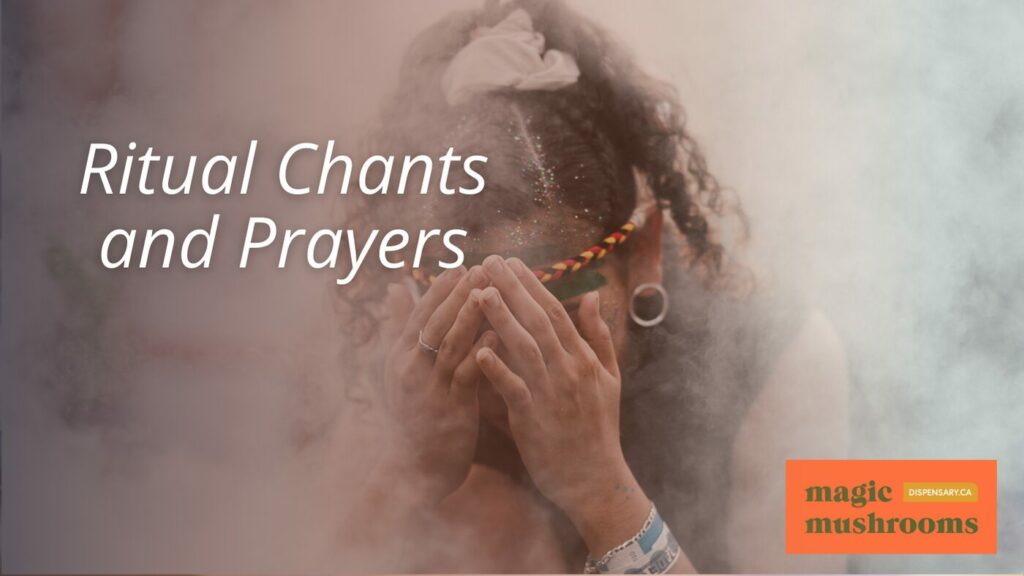
Delving into the heart of the Mazatec mushroom ceremonies, the significance of ritual chants and prayers conducted in the indigenous Mazatec language becomes strikingly evident. These chants and prayers, a cornerstone of the sacred ceremonies, serve as a spiritual conduit, enabling participants to communicate with supernatural forces and facilitating the transformative experiences they seek.
Participants in these sacred ceremonies engage in an intricate choreography of singing and praying. These actions are not just ceremonial accessories; they are the lifeblood of the ritual, embodying the Mazatec people’s rich cultural heritage and profound spiritual philosophy. Each chant and prayer is a thread in the tapestry of the ceremony, woven together to create a profound spiritual dialogue with the sacred mushrooms and other spiritual entities.
The communication facilitated by these chants and prayers is essential to the ritual. Participants claim to gain spiritual insights through this dialogue, which is believed to catalyze the healing process. The linguistic subtleties and rhythmic cadences of the Mazatec language play an integral role in this process, underscoring the importance of preserving and respecting these indigenous linguistic traditions.
The Mazatec Healing Process
Building on the spiritual dialogue facilitated by ritual chants and prayers, the Mazatec healing process is integral to the sacred mushroom ceremonies. This healing approach encompasses a holistic view of health, emphasizing spiritual, mental, and physical wellbeing. At the center of this practice are the mushroom healers, suction doctors, and shamans, the highly revered practitioners who utilize medicinal preparations in the Sierra Mazateca.
In Mazatec culture, mushrooms are not merely plants; they are sacred medicines consumed not for recreation but for healing and spiritual enlightenment. This profound respect for mushrooms underpins the healing process, ensuring that each step, from gathering to preparation, is conducted with utmost reverence.
The timing of these sacred ceremonies is not arbitrary but meticulously aligns with the Mazatec people’s agricultural, religious, and festival calendar. This harmonization underscores the sacredness of these rituals, integrating them seamlessly into the community’s rhythm of life.
Before consumption, the mushrooms undergo a purification process involving copal incense and medicinal tobacco. This ritual purification is believed to enhance the mushrooms’ therapeutic properties and prepare them for the sacred ritual.
The ceremonies are conducted in the Mazatec language, adding another layer of cultural significance. They often involve singing, praying, and communicating with supernatural forces, further facilitating healing. Through these intricate rituals, the Mazatec people utilize the sacred mushrooms to promote healing and spiritual growth, perpetuating a tradition that has endured for generations.
Understanding Hallucinogenic Effects
The ingestion of sacred mushrooms, central to the Mazatec mushroom ritual, precipitates hallucinogenic effects that form an integral part of the Mazatec people’s healing and divination practices. These effects are primarily facilitated by psilocybin, the active compound in the mushrooms, which is known to induce visual and auditory hallucinations. This potent compound alters the participant’s perceptions, affective responses, and spiritual insights, creating a unique psychoactive experience transcending the ordinary conscious state.
The intricate interplay of these hallucinogenic effects is pivotal in fostering the transformative nature of the Mazatec ceremonies. The altered consciousness induced by the sacred mushrooms allows participants to explore their inner selves and the world from a new perspective. This shift in perception and the ritualistic context often leads to profound personal insights and emotional catharsis. Consequently, the hallucinogenic journey becomes a conduit for healing and personal growth.
However, understanding the hallucinogenic effects of sacred mushrooms requires more than just a brief overview of their psychoactive properties. It involves appreciating these effects’ cultural and spiritual significance within the context of the Mazatec mushroom ritual. As we explore deeper into the complexities of these experiences, it is evident that the hallucinogenic effects are not an end in themselves but a means to a broader spiritual and therapeutic goal.
The Role of Nature
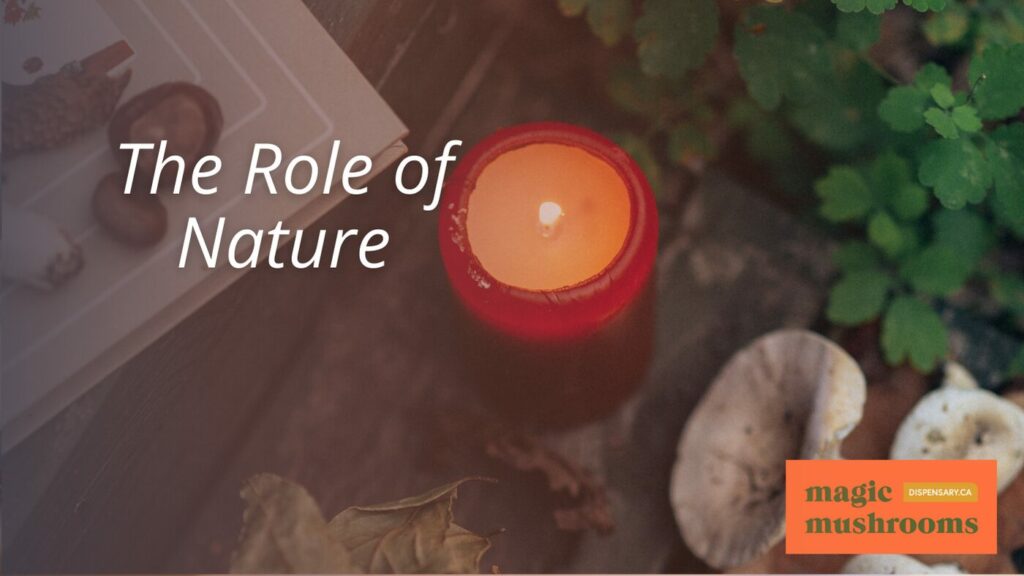
Notably, the Mazatec mushroom ceremonies underscore a profound connection with nature, framing it as an indispensable element of the transformative and healing processes. This inherent bond between the participants and the natural world is not mere happenstance but a deeply rooted aspect of the Mazatec cultural and spiritual ethos. The rituals are conducted with great reverence for the environment, highlighting the importance of a respectful, symbiotic relationship with the earth and its bounties.
Nature’s integral role extends beyond providing the sacred mushrooms. The ritualistic context and the natural setting serve as conduits for a deeper understanding and experience of the ceremony. The participants, guided by traditional wisdom, interact with the environment in a manner that fosters a sense of harmony and balance. This interaction is not merely physical but extends into the spiritual domain, imbuing the ritual with a profound sense of interconnectedness between humans, mushrooms, and the natural landscape.
In the Mazatec mushroom ceremonies, nature is not a passive backdrop but an active participant, influencing and shaping the transformative journey. The rituals underscore the belief that healing is not an isolated event but a holistic process deeply intertwined with our world. Understanding nature’s role offers essential insights into the sacred ritual, illuminating the intricate relationships that define the Mazatec mushroom ceremony. Importantly, it highlights the need for a respectful and ethical engagement with these traditional practices, underscoring the importance of preserving indigenous knowledge systems.
Respect for the Mushroom Deity
How does respect for the mushroom deity shape the Mazatec mushroom ritual? It is central to the ritual’s design and execution, shaping practitioners’ approach toward this mystical entity. The profound respect and reverence for the mushroom deity manifest in several ways, all aimed towards facilitating a fruitful and transformative spiritual journey.
The mushroom deity is perceived as a sacred being with potent healing powers. It is not merely a tool or an object but a revered entity that commands deep respect. This perspective shapes the ritual, ensuring the mushrooms are treated with care and reverence. Respect for the mushroom deity also extends to the environment where these sacred mushrooms grow, reflecting a holistic view of nature and its gifts.
During the ritual, participants approach the mushroom deity as a guide and source of wisdom. This respect shapes their conduct during the ceremony, promoting humility, gratitude, and openness to the deity’s teachings. The ritual is about consuming the mushrooms and engaging in a spiritual dialogue facilitated by the mushroom deity.
The mushroom deity’s ability to facilitate communication with the spiritual dimension and bring healing transformations is honored and revered. This respect shapes the entire ritual, from the selection and preparation of the mushrooms to the conduct during the ceremony. The outcome of the ritual – healing transformation – is seen not as a product of the mushrooms alone but as a blessing from the mushroom deity. Respect for the mushroom deity is part of the Mazatec ritual and its foundation.
Influence on Modern Psychedelia
Gordon Wasson’s popularization of the Mazatec mushroom ritual marks a pivotal moment in the trajectory of modern psychedelic practices, drawing worldwide attention to the transformative power of sacred mushrooms. His encounter with the Mazatec people opened a new chapter in the Western understanding of psychedelics, unearthing the deep-seated spiritual and cultural significance of these substances.
The Mazatec mushroom ritual, with its profound spiritual and healing properties, has become a cornerstone in the development of modern psychedelic therapy and research. The ceremonial ingestion of psilocybin, a psychoactive compound present in certain mushrooms, has been adopted and adapted by Western practitioners, who now leverage its transformative potential for therapeutic and spiritual purposes.
This cultural exchange has not only resulted in an increased interest in the therapeutic potential of psilocybin but also a broader understanding of the artistic and spiritual dimensions of psychedelic use. The impact of Mazatec practices on modern psychedelia is palpable in the growing emphasis on set and setting, preparation, integration, and respect for the substance within contemporary psychedelic communities.
The sacred mushroom ceremonies of the Mazatec people continue to inspire contemporary uses of psilocybin and shape the ethical considerations and cultural sensitivities in the ongoing psychedelic renaissance. As the influence of the Mazatec mushroom ritual continues to permeate modern psychedelic practices, it underscores the importance of appreciating and understanding the rich cultural and spiritual contexts from which these practices originated.
Protecting Indigenous Knowledge

As we explore the essential matter of protecting indigenous knowledge, it becomes apparent that the preservation and respectful representation of the Mazatec mushroom ritual holds immense importance in safeguarding against exploitation and appropriation. This indigenous knowledge, rooted in centuries of tradition and spiritual practice, is a cultural legacy of the Mazatec people and a reservoir of wisdom about the ritual’s transformative and healing properties.
However, protecting this indigenous knowledge has its challenges. In a world increasingly driven by the commodification of cultural heritage, the Mazatec community faces the risk of their sacred mushroom ritual being co-opted by external interests. This appropriation, devoid of the cultural context and reverence inherent in the traditional practice, can lead to exploitation and misrepresentation.
Therefore, ethical considerations must be at the forefront of any research or documentation of the Mazatec mushroom ritual. This includes seeking informed consent from the indigenous community before sharing information about their practices and ensuring that such information is represented accurately and respectfully.
Further, collaboration with the Mazatec community and indigenous scholars is essential. Their insights and perspectives can guide research to be more inclusive and respectful, thereby contributing to the preservation and respectful representation of indigenous knowledge. In this way, the sacred insights into the Mazatec mushroom ritual can be protected, ensuring this rich cultural heritage is carried forward for future generations.
The Ritual’s Social Impact
Turning our attention to the social dimensions of the Mazatec mushroom ritual, it becomes evident that this practice serves as much more than a spiritual ceremony—it is a cornerstone of communal bonding and cultural continuity within the Mazatec community. Participation in these sacred ceremonies fosters a profound unity among the people, reinforcing collective values and shared cultural identity.
The ritual’s structured framework encourages reverence for traditional knowledge and the wisdom of elders, promoting an environment of mutual respect and understanding. The interconnectedness experienced during these ceremonies extends beyond the individual, permeating the entire community and fostering a deep sense of kinship among its members. This shared experience serves as an essential mechanism for preserving the community’s cultural heritage, reinforcing the importance of these practices in maintaining the fabric of Mazatec society.
Moreover, the social impact of the Mazatec mushroom ritual extends to the individual’s relationship with the natural and spiritual spheres. Participants report experiencing a profound sense of unity with nature and the spiritual world, a connection that lends to a renewed understanding and appreciation of the world around them. This transformative experience further strengthens the bonds among the community members.
The social implications of the Mazatec mushroom ritual extend beyond spiritual enlightenment. It is a critical tool for social cohesion, cultural preservation, and reinforcing shared values—making it an indispensable element of the Mazatec cultural landscape.
The Dangers of Misinterpretation
While exploring the rich tapestry of the Mazatec mushroom rituals, it is essential to acknowledge the potential dangers of misinterpretation, which can lead to cultural appropriation and distortion of these sacred practices. These ceremonies’ artistic and spiritual significance is deeply woven into the Mazatec people’s identity and worldview. Misinterpretation can not only undermine the integrity of these sacred ceremonies. Still, it can also diminish the significance of these indigenous traditions, reducing them to mere exotic curiosities rather than respected aspects of a vibrant culture.
Lack of understanding and respect for the Mazatec worldview can result in misrepresentation and exploitation. This can occur when outsiders, regardless of their intentions, fail to grasp the depth and complexity of the Mazatec mushroom rituals and perpetuate harmful stereotypes and misconceptions. The media and popular culture exacerbate this, often sensationalizing and commodifying indigenous practices without considering their cultural and spiritual context.
To navigate the complexities of these rituals and avoid the pitfalls of misinterpretation, sensitivity, and cultural humility are essential. Ethical engagement and collaborative research efforts are required to promote accurate representation, respect, and preservation of Mazatec mushroom rituals. This involves taking the time to understand the cultural nuances and perspectives of the Mazatec people and acknowledging the ritual’s transformative and healing properties beyond their psychedelic effects. Doing so can contribute to a more nuanced and respectful discourse around these sacred rituals and their role in the Mazatec culture.
Rituals as Community Bonds
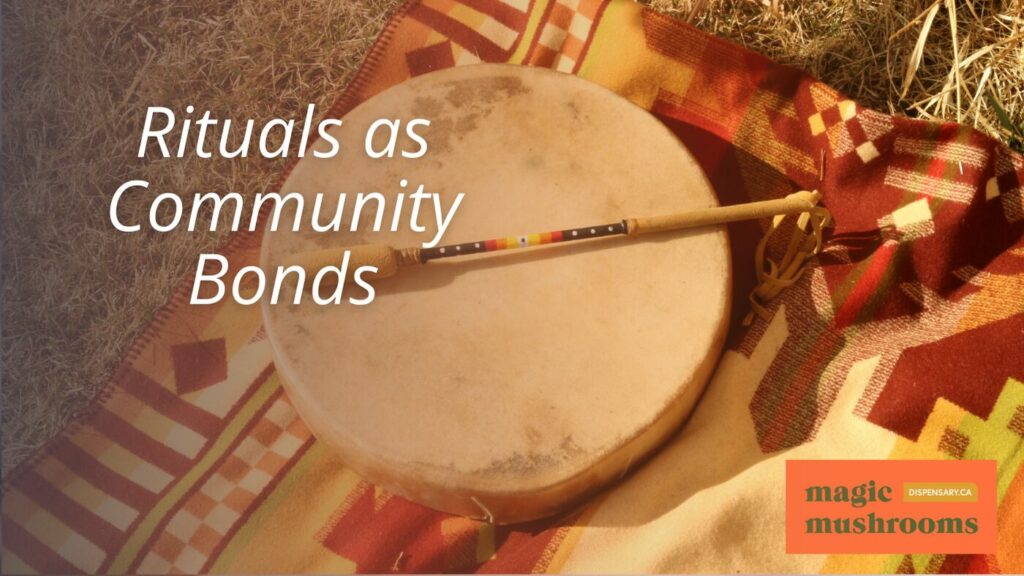
Moving away from the potential dangers of misinterpretation, it becomes clear that the Mazatec mushroom rituals serve as spiritual ceremonies and significant community bonds. The rituals are a crucial force within Mazatec society. Community members experience a sense of belonging and a shared spiritual journey by participating in these sacred ceremonies. This collective experience fosters a strong foundation for social ties, reinforcing cultural traditions and beliefs among the Mazatec people.
These rituals are more than just a practice; they act as a conduit, connecting community members with their cultural heritage. The sacred mushroom ceremonies form a collective sense of identity and purpose. This shared identity is essential in maintaining an inherent respect for their artistic practices, thereby preserving the rich Mazatec heritage for future generations.
Moreover, the practice of mushroom ceremonies goes beyond individual spiritual experiences. It upholds traditional values, deepens interpersonal relationships, and facilitates a communal spiritual journey. This shared experience promotes mutual understanding and respect among participants, creating an environment of unity and harmony.
In essence, the sacred mushroom rituals are essential in maintaining cohesion within the Mazatec society. The rituals exist for personal enlightenment and as a social adhesive, binding the community together. Through these shared spiritual experiences, the Mazatec people can sustain their cultural heritage, foster community bonds, and promote unity and mutual respect.
The Mazatec Visionary World
Delving into the Mazatec visionary world, we find that it is deeply intertwined with the sacred mushroom ceremonies, which serve as a portal for healing, divination, and spiritual exploration. These ceremonies, held in high regard by the Mazatec people, are not merely recreational events but spiritual encounters that align with their agricultural, religious, and festival calendar. The use of sacred mushrooms is deeply embedded in their cultural fabric, playing a pivotal role in the community’s wellbeing and spiritual progression.
The medicinal properties of mushrooms are harnessed for therapeutic purposes. They are consumed in a ceremonial setting to induce healing and transformative experiences. This reflects the Mazatecs’ profound understanding of the natural world and its potential for human healing and growth.
The rituals that envelope the consumption of these sacred mushrooms further underscore their significance. These ceremonies in the Mazatec language involve prayers, songs, and dialogues with spiritual entities, providing a platform for communication with the divine. Before their administration, the mushrooms are purified using copal incense and tobacco, symbolizing the reverence for these natural sacraments.
The Mazatec visionary world, therefore, is not an isolated interconnected network but a profoundly interconnected web of beliefs, rituals, and practices centered around sacred mushroom ceremonies. It reflects the Mazatecs’ profound understanding of the interplay between the spiritual and natural realms and their commitment to preserving and transmitting these traditions across generations.
Transcending the Physical Realm
In the broader context of the Mazatec visionary world, the sacred mushroom ceremonies serve as a conduit for individuals to transcend the physical domain and engage with supernatural forces. These ceremonies, anchored in the consumption of holy mushrooms, allow participants to journey beyond the tangible domain into the world of the spiritual and paranormal. This transcendence is a metaphysical voyage and a cultural and communal practice deeply rooted in Mazatec tradition.
The sacred mushroom ceremonies are meticulously planned and conducted with utmost reverence and respect. They align seamlessly with the Mazatec agricultural and religious calendar, reflecting the profound symbiosis between their spiritual practices and the rhythm of nature. Participants are guided through purification rituals, similar to a rite of passage, preparing them for their spiritual voyage. The ceremonies involve singing and praying, enhancing profound engagement with the spiritual world.
The transcendence experienced during sacred mushroom ceremonies is not a solitary journey. It is a communal experience, fostering a sense of unity and shared spiritual awakening. Participants often report communication with supernatural forces and receive healing insights and messages during the ceremony. This transcendental journey serves a therapeutic purpose, echoing the Mazatec belief in the mushrooms’ transformative and healing properties.
This exploration into the sacred mushroom rituals underscores the inherent respect for these traditions among the Mazatec people. It also emphasizes the importance of preserving these rituals, providing a unique lens into the Mazatec visionary world, where the physical and spiritual domains seamlessly intertwine.
Interpreting Visionary Experiences

Unraveling the tapestry of visionary experiences during the Mazatec mushroom rituals, interpretation plays a pivotal role in understanding and integrating these profound encounters with the supernatural. These experiences, often characterized by vivid visual and auditory hallucinations, are perceived as direct communication with the spirit world, opening a channel for profound insights and spiritual revelations.
Central to these interpretations is the belief that sacred mushrooms are conduits for divine entities, ancestors, and healing energies. This belief underscores the spiritual significance attributed to these visionary experiences, positing them as more than mere hallucinations. In the Mazatec understanding, they are a form of supernatural discourse, a dialogue with the divine.
Yet, interpretations of these experiences are unique. They vary significantly among participants, reflecting these encounters’ personal and subjective nature. Some may interpret their visions as personal insights; others perceive them as collective wisdom or guidance. This diversity of interpretations highlights the complexity of the visionary domain and the multitude of meanings it can hold for different individuals.
In this context, the role of Mazatec shamans becomes essential. As spiritual guides, they help participants navigate the visionary domain and make sense of their experiences. They provide a framework for interpretation, allowing participants to integrate their encounters with the supernatural into their personal and collective understanding. Therefore, interpreting visionary experiences during the Mazatec mushroom rituals is not merely an individual endeavor but a communal practice deeply rooted in Mazatec’s spiritual traditions.
Respecting Mazatec Traditions
While exploring the intricate intricacies of Mazatec mushroom rituals, it is essential to respect the deep cultural and spiritual significance they hold for the Mazatec people. These rituals, rooted firmly in the fabric of Mazatec society, intertwine with their religious beliefs and agricultural calendar. Therefore, it is essential to approach these ceremonies with the highest level of respect, recognizing their profound importance in Mazatec tradition.
The healing ceremonies involving sacred mushrooms are conducted in the native Mazatec language and involve purification rituals and communication with supernatural forces. Such complex ceremonies require a deep understanding of the cultural context and a respectful attitude toward the spiritual elements. This honors the Mazatec tradition and enhances the understanding and appreciation of these unique rituals.
Children harvest the sacred mushrooms at dawn during a full moon, a ritual tied closely to the natural rhythms of the earth and sky. They seek permission from the mushroom’s owner, confirming the deep respect for nature ingrained in Mazatec tradition. The mushrooms are then transported with care to the Altar of Knowledge, showing reverence for these sacred elements.
The rituals, performed only on specific days, are seen as medicinal and transformative. They are guided by knowledgeable individuals and accompanied by special diets and abstinence practices. This underscores the Mazatec people’s view of mushrooms as healing and divinatory medicine, a belief that deserves utmost respect. Therefore, as we explore understanding Mazatec traditions, respecting and preserving these sacred mushroom rituals’ spiritual and cultural importance is essential.
The Future of Mazatec Mushroom Ritual
The potential trajectory of Mazatec mushroom rituals necessitates a vital commitment to preserving indigenous knowledge and cultural traditions while concurrently promoting active research and collaboration with Mazatec communities. This integrated approach aims to protect the sacred mushroom ceremonies’ authenticity and integrity while promoting a better understanding of their spiritual and therapeutic significance.
A balanced approach to the future of Mazatec mushroom rituals is essential. This involves respecting the Mazatec people’s cultural traditions and spiritual significance while advancing research to explore these practices’ healing properties and transformative potential. Efforts to fill research gaps are crucial and should extend beyond the Mazatec region to include other Indigenous groups using psilocybin mushrooms. This holistic approach will enrich our understanding and appreciation of these sacred rituals.
However, the future of these rituals has obstacles. Concerns surrounding cultural appropriation and commercialization are particularly pertinent, with the rise in popularity of plant medicines potentially leading to exploitative practices. Hence, ensuring Indigenous voices are central to the discourse surrounding these plant medicines is paramount. This will ensure that the future of Mazatec mushroom rituals remains anchored in respect for the Indigenous knowledge and traditions from which they originate.
Lessons From the Ancient Ceremony

Fundamentally, delving into the ancient Mazatec mushroom ritual, we uncover invaluable lessons about the profound connection with nature, the sanctity of healing practices, and the importance of tradition in maintaining cultural identity. The ritual emphasizes a symbiotic relationship between the Mazatec people and magic mushrooms, or Ndí Xijtho. This relationship is not based on recreational consumption but instead on healing and divination, underscoring the sanctity of the mushrooms as medicinal agents.
The meticulous process of harvesting the mushrooms, involving rituals to seek permission from the mushrooms’ owner, demonstrates a deep respect for the natural world. This process, along with careful transportation to the Altar of Knowledge, emphasizes the sacredness of the mushrooms and the ritual itself.
The purification of mushrooms with copal incense and medicinal tobacco further signifies the sanctity of the ceremony. This process, along with communication with supernatural forces, underscores the spiritual significance of the ritual in Mazatec culture.
Post-ceremony dietary restrictions highlight the importance of personal discipline and respect for the sacred, reinforcing the ritual’s transformative and healing properties.
These lessons from the ancient Mazatec mushroom ceremony offer critical insights into the role of tradition and spirituality in shaping cultural identity. They also underscore the importance of protecting indigenous knowledge and practices and adopting an ethical and collaborative approach in psychedelic studies. Fundamentally, the Mazatec mushroom ritual serves as a potent reminder of the deep connection between humanity, nature, and the sacred.
Frequently Asked Questions
How Have the Mazatec Mushroom Rituals Evolved?
The Mazatec mushroom rituals have evolved and have been primarily influenced by changing sociocultural dynamics and external influences. However, the essence of these rituals, centered around spiritual growth and healing, remains intact. Modern adaptations may include altered ceremonial practices, but the fundamental respect for the sacred mushrooms and their transformative properties persists. This evolution underscores the adaptive resilience of the Mazatec community while preserving their rich cultural heritage.
What Is the Global Perspective on the Mazatec Mushroom Ritual?
The global perspective on the Mazatec mushroom ritual is varied. Some view it with intrigue and respect for its profound cultural and spiritual significance. Others perceive it as a source of potential therapeutic methodologies. However, misconceptions and stigmatization persist due to its association with psychedelic substances. Global discourse must promote understanding and respect for these indigenous practices, ensuring their preservation and acknowledging their potential contribution to modern medicine and psychology.
How Do the Mazatec People Train Their Shamans for the Mushroom Rituals?
The training of Mazatec shamans for mushroom rituals is a deeply rooted cultural practice. It involves intense spiritual guidance and knowledge transmission from experienced shamans. The apprentices learn to navigate the spiritual domain induced by the mushrooms, understanding their healing properties and symbolic meanings. This holistic education fosters profound respect for the natural world and the sacred mushrooms, preparing the shamans to facilitate transformative experiences in the ritual participants.
What Scientific Research Has Been Done on the Effects of Mazatec Mushroom Rituals?
Scientific research on Mazatec mushroom rituals has focused mainly on the psychoactive compounds in the mushrooms, primarily psilocybin. Studies have explored the effects of these compounds on human consciousness and their potential therapeutic applications. Research also indicates the rituals’ role in community cohesion and psychological wellbeing. However, a thorough investigation that integrates biological, psychological, and sociocultural aspects still needs to be improved, necessitating further interdisciplinary research.
Is There a Connection Between the Mazatec Mushroom Ritual and Other Indigenous Psychedelic Practices?
Yes, there is a correlation between the Mazatec mushroom ritual and other indigenous psychedelic practices. These rituals, rooted in a deep respect for natural elements, are often characterized by similar spiritual exploration, healing, and community bonding objectives. Although the specifics may vary, many indigenous practices share a common thread of utilizing psychedelics as a medium to transcend the physical domain and connect with the spiritual world.
Conclusion
In closing, the Mazatec mushroom ritual, an ancient ceremony steeped in spiritual resonance, offers invaluable insights into the profound relationship between community and sacred fungi. It demonstrates the transformative power of indigenous practices, an unwavering beacon of cultural significance. Respecting and honoring this age-old tradition is paramount, while its exploration opens new horizons for collaborative research in psychedelic studies. This rich tapestry of indigenous knowledge is a treasure to behold and conserve for future generations.
Buying Microdosing Mushrooms Online in Canada
Are you an avid microdoser or looking to venture into the art of microdosing? Working with a reliable, trustworthy shrooms dispensary is paramount in your journey of becoming a better version of yourself. Magic Mushroom Dispensary prides itself on its comprehensive collection of top-notch microdosing products, psilocybin books, excellent customer service, and fast, discreet shipping. Visit our online shop today and enjoy low prices and free shipping for orders above $99.
Originally posted on May 16, 2024 @ 6:42 am















